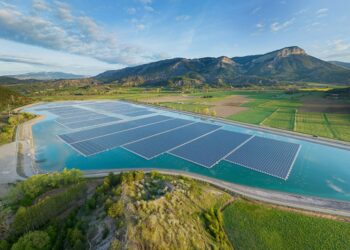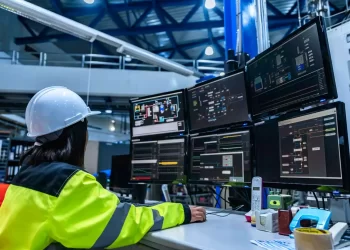Kirk Semple / The New York Times
SAN SALVADOR HUIXCOLOTLA, Mexico ? Some of the day?s first customers pull into the produce market at dawn, but not with fruit and vegetables on their minds. They?re looking for cheap, stolen gasoline.
On the edge of the market, dozens of vendors have set up shop, with stacks of five-gallon containers full of stolen fuel and rubber hoses to siphon it.
“How much, cousin?” the vendors holler as they swarm the hundreds of motorists who drive through every day. The price is less than half what customers would pay at nearby gas stations.
The brisk, open gas trade is one of the more obvious manifestations of Mexico's national fuel-theft epidemic. Thieves are now siphoning gasoline and diesel fuel at record-high rates from the system ? often by drilling taps into pipelines under cover of darkness ? and are selling it on the black market around Mexico and perhaps even in the United States and Central America.
It?s a worsening crisis that is robbing the federal government of more than a billion dollars a year in stolen fuel and imperiling Mexico's efforts to attract foreign investment in its energy industry as it ends more than seven decades of state monopoly.
And the government seems unable to stop it. “The problem comes down to the fact that the rule of law is weak in Mexico,” said Dwight Dyer, an analyst of the Mexican energy sector. “This is a part of the market where the rule of law really needs to work for the private sector to say, ?I really want to invest.?”
More than 1.47 million gallons of fuel a day are stolen from throughout the system, from the refineries to the gas pump, federal officials said. From time to time, even tanker trucks are hijacked. While the amount taken is equivalent to 1 to 2 percent of the total volume transported every day, it has an outsize impact on the ability of the Mexican government to attract private investors.
“It?s really a barrier for business,” said Carlos Murrieta Cummings, general director of industrial transformation for Pemex. “I don?t want to sound optimistic because the problem is very hard. I don?t want to minimize the problem.”
“We need to take care of this from the production fields, at the refineries, at the distribution center, terminals, pipelines ? everything,” he added. “We have this problem in many different places, not just in one part.”

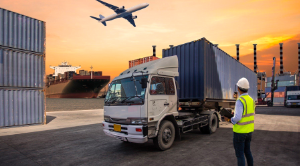 Transporte y Logística
Transporte y Logística Tecnología e Innovación
Tecnología e Innovación Sustentabilidad
Sustentabilidad Responsabilidad Social
Responsabilidad Social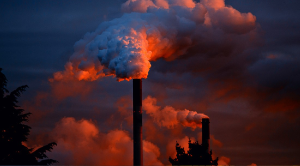 Crisis Climática
Crisis Climática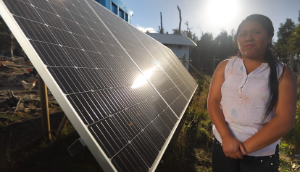 Pobreza Energética
Pobreza Energética Revista
Revista

 Infografías
Infografías




